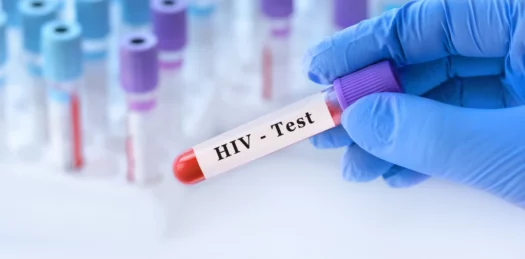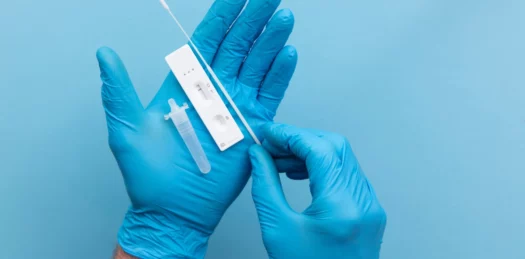The International Medical Device Regulators Forum (IMDRF) has published standardized terminologies for reporting adverse events related to medical devices. This document provides harmonized terms, terminological structures, and a coding system aimed at enhancing global post-market surveillance of medical device safety.
IMDRF has released a document defining terminologies and codes used in adverse event reporting for medical devices. The primary goal of this document is to harmonize global safety monitoring systems and enable better detection of risks associated with medical devices.
Document Objectives
- Introduce a unified coding system for adverse event reporting.
- Improve clarity and consistency in analyzing medical device failures.
- Enable manufacturers and regulatory authorities to respond more quickly to identified risks.
Structure of IMDRF Terminologies
The document includes four main categories of terminology:
- Medical Device Technical Issues – Classification of device failures.
- Causal Analysis – Identification of investigation types related to failures.
- Patient Health Impact – Classification of symptoms and adverse effects.
- Medical Device Components – Identification of defective device parts.
Each category contains a set of codes and terminologies that allow for precise event reporting.
What changes does the new coding system introduce?
The new terminologies enable standardization of reporting language, leading to improved data quality and enhanced information exchange among different countries and regulatory organizations. This facilitates more effective risk identification and rapid implementation of corrective actions.
Benefits for Safety Surveillance Systems
With the IMDRF coding system, it is possible to:
- Avoid ambiguity in incident reports.
- Facilitate data analysis for safety monitoring.
- Respond more quickly to potential risks.
Conclusion
The new IMDRF terminology for adverse event reporting provides a more consistent and accurate approach to analyzing incidents related to medical devices. As a result, manufacturers and regulators can identify issues more effectively and implement appropriate preventive measures.









